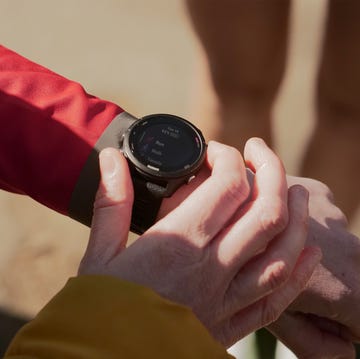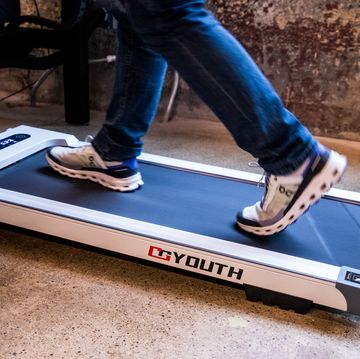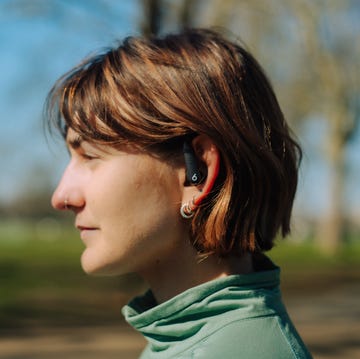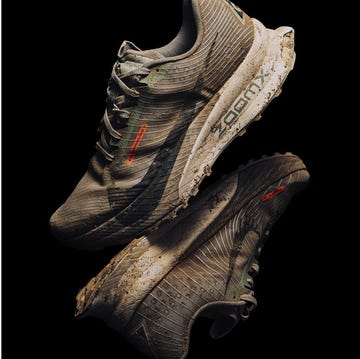We earn a commission for products purchased through some links in this article.
The best hiking backpacks for speedy summit scrambles to multi-day treks
These tried and tested hiking packs delivered on comfort, ventilation and smart storage

Whether you’re tackling a a mountain epic or hitting the hills for a couple of hours, the right hiking backpack can make all the difference. Much like a hydration vest or running backpack, a hiking pack should feel like an extension of your body – stable, breathable and comfortable enough to wear for hours at a time. It should also have all the features you need: think hydration compatibility, smart storage options, and durable materials that can handle changeable weather.
But with so many different styles and sizes to choose from – not to mention fit variations between men’s and women’s packs – knowing where to start can feel overwhelming. That’s where we come in. The RW team has tested a range of hiking backpacks across a variety of terrains and conditions, from local hills to mountain trails abroad. Whether you’re looking to travel fast and light or take on a slower, longer trek, these are the packs worth your attention.
More tried-and-tested picks: The best hiking boots | The best hiking socks | Essential hiking gear
What to look for
When it comes to choosing a hiking backpack, there a few key things to consider, says Michael Gaston, People and Product Trainer at Cotswold Outdoor Group. ‘Your needs depend on what you want to bring with you, the length of your hike, the conditions and the time of year.’
Fit
Packs come in lots of different shapes and sizes — and so do we. Gaston recommends getting sized and fitted in a specialist store to ensure your pack fits correctly. However, if that's not possible, there are a few key areas to consider.
Firstly, most of your backpacks weight should be carried in the hip belt. This takes the strain off your shoulders, keeps you balanced, and helps you to move more efficiently over long distances. Look for an adjustable one, with good padding and breathable mesh to wick away sweat.
Then, you want to adjust your shoulder straps to make sure they sit comfortably without pinching or rubbing. A chest strap (or sternum strap) should help to keep them in place, but be careful not to over-tighten it as this isn’t a load-bearing strap. If you have a gap at the top of your shoulder straps behind your shoulder, then it may need to be tightened, or the back length might be too big for you. If you feel too much pressure on your shoulders, then you may have tightened the straps too tight, or the back length could be too short.
Finally, don’t forget to adjust the load lifters. ‘People frequently miss these as they sit just behind your head at the top of each shoulder strap,’ says Gaston.‘By adjusting these, you can pull the load closer your body, stopping any top heavy swaying and reducing strain. It’s recommended to ensure these sit at around a 45° angle.
Capacity
Not sure how much volume you need? Use this as a rough guide:
10-20L: For a half-a-day hike or a fast-paced outing, taking only the essentials (hydration, first aid kit, snacks and some layers), this is a good starting point.
20-35L: This is the go-to for any typical day hike from spring through to autumn. It allows room for all the essentials plus some extra food or clothing to account for the length of time you'll be outdoors. It can also work for one-night trips.
40-70L: This size of pack would typically be for overnight trips and multi-day adventures to account for the space you will need for your tent, stove, sleep system, food etc. In winter conditions, you will need a broader gear list so you could easily find yourself carrying 35-40L, even if you don’t plan to be out for long.
Organisation
How you organise your pack will be personal. However, there are some top tips and tricks for getting the best out of your experience.
First, put things like your sleeping bag at the bottom, as you wont need this until you stop for camp. Keep heavier items in the middle to upper part of the bag and close to your back. Keeping it closer to your centre of gravity helps with balance, and reduces strain.
Gaston recommends using dry bags to store your kit and keep it protected from the rain. You can even take this a step further and use different colours to categorise your belongings for easy, quick access.
Finally, keep your first aid kit at the top of your backpack or in an accessible pocket. ‘It can be tempting to put it at the bottom because we hope to never use it, but in an emergency situation it will be no good to you there,’ says Gaston.

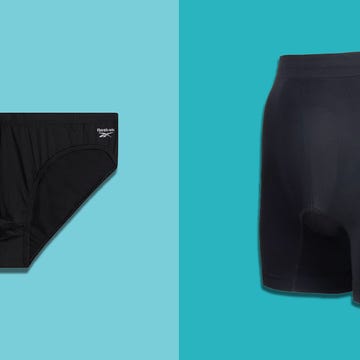
The best men’s running underwear

Best September running shoe deals 2025
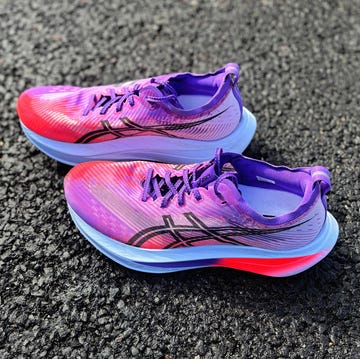
Is the Asics Megablast the best Blast yet?

25+ running-themed gifts that will sprint to your door













